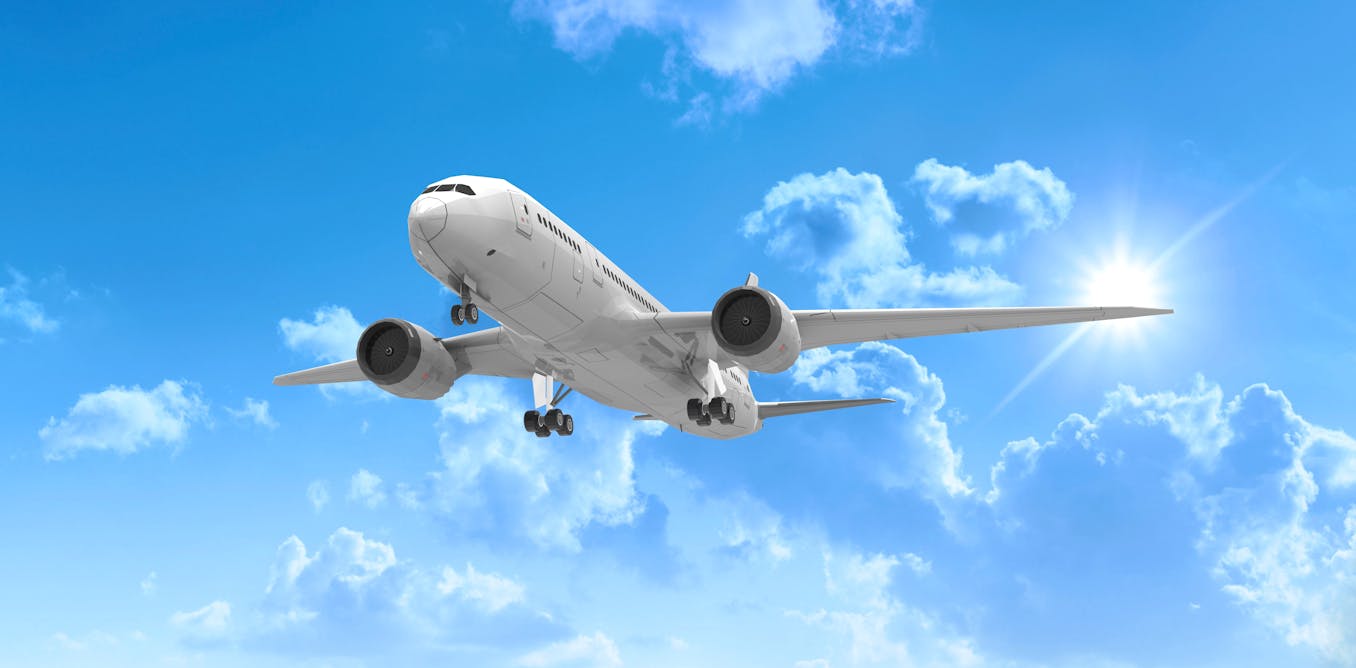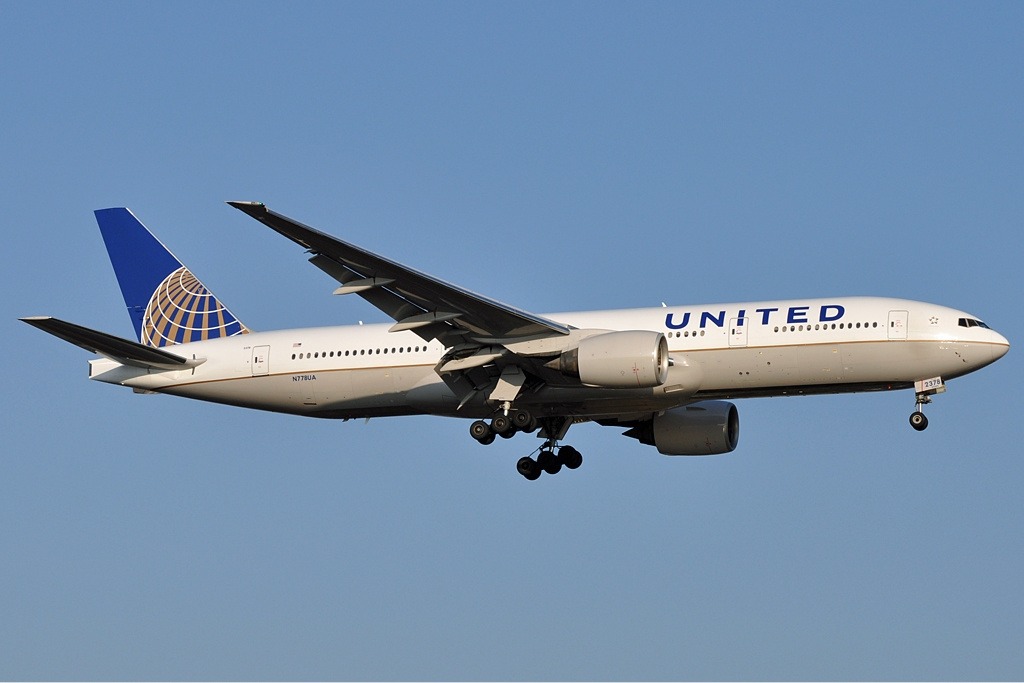
Understanding how planes fly involves delving into the four fundamental forces of flight: lift, weight, thrust, and drag. Each of these forces plays a crucial role in the aerodynamics basics that allow an aircraft to navigate through the skies.
The Four Forces Of Flight
Lift is generated by the wings of the plane as air flows over and under them. The shape of the wings (airfoil) is designed to create a pressure difference; air moves faster over the top surface than underneath, resulting in lift that counteracts gravity. This upward force must be greater than or equal to the weight of the plane for it to ascend.
Thrust is produced by engines, propelling the aircraft forward. This forward motion is essential for generating lift because it increases airflow over the wings. Without sufficient thrust, a plane cannot achieve enough speed for takeoff or maintain flight.
Drag, on the other hand, opposes thrust and acts as a resistance force as air moves around and against the aircraft’s structure. Pilots and engineers work diligently to minimize drag through streamlined designs and efficient engine performance.
In summary, understanding how planes fly requires knowledge of these four forces: lift helps overcome weight; thrust propels forward against drag. Together, they create a balance that enables successful plane flight.

How Do Planes Fly And Why Don’t They Just Fall?
Understanding why planes don’t just fall out of the sky involves delving into the principles of airplane stability and the mechanics of flight. At the heart of this is how wings generate lift, a crucial factor in keeping an aircraft airborne.
Airplanes are designed with wings that create a difference in air pressure above and below them as they move forward. This phenomenon, known as Bernoulli’s principle, explains that faster-moving air over the top surface of the wing results in lower pressure compared to the higher pressure below, effectively lifting the plane into the air.
Moreover, modern aircraft are equipped with advanced technology and design features that enhance flight safety and stability. From redundant systems to ensure control even if one component fails, to sophisticated autopilot systems that maintain altitude and direction, every aspect is engineered for reliability.
In addition to these technical aspects, pilots undergo extensive training to handle various situations that may arise during flight. Their expertise further contributes to maintaining airplane stability and ensuring passenger safety at all times. Thus, through a combination of aerodynamics, engineering innovations, and skilled operation, airplanes remain securely aloft rather than falling from the sky.
